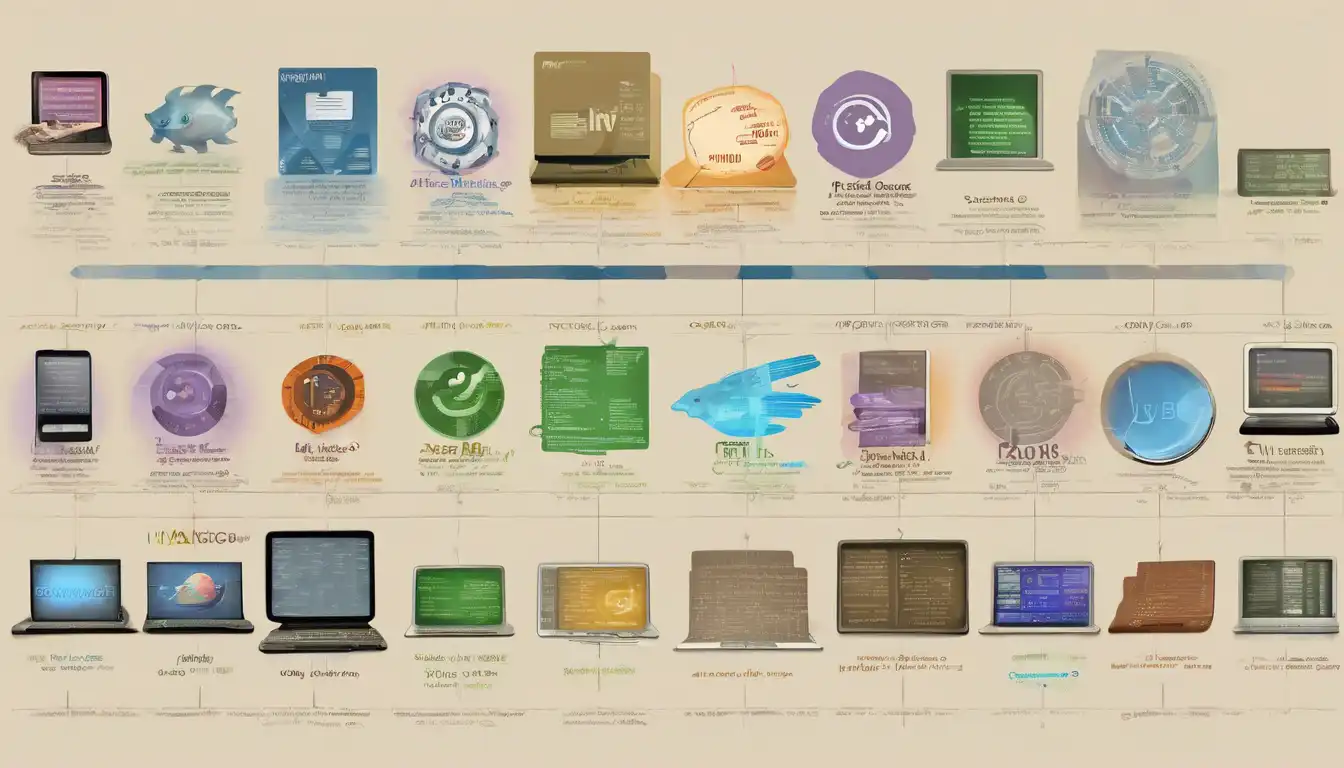The Dynamic Journey of Programming Languages Through the Ages
From the early days of computing to the modern era of software development, programming languages have undergone a remarkable evolution. This journey reflects not just technological advancements but also the changing needs of developers and businesses alike. In this article, we explore the pivotal moments in the history of programming languages and how they've shaped the digital world we live in today.
The Dawn of Programming Languages
The story of programming languages begins in the 1940s and 1950s with the creation of machine code and assembly language. These low-level languages allowed programmers to communicate directly with the hardware, albeit in a complex and time-consuming manner. The introduction of FORTRAN in 1957 marked a significant milestone, being the first high-level programming language that enabled scientists and engineers to write programs more efficiently.
The Rise of High-Level Languages
The 1960s and 1970s saw the emergence of languages that are still in use today, such as C, which was developed in 1972. C offered a balance between high-level functionality and low-level control, making it a favorite for system programming. This era also introduced the concept of object-oriented programming (OOP) with languages like Simula and Smalltalk, paving the way for future innovations.
The Internet Era and Beyond
With the advent of the internet in the 1990s, programming languages like JavaScript and Python gained prominence. JavaScript became the backbone of web development, while Python's simplicity and versatility made it a popular choice for beginners and experts alike. The 21st century has seen the rise of languages designed for specific purposes, such as Swift for iOS development and Go for scalable server-side applications.
Current Trends and Future Directions
Today, the programming landscape is more diverse than ever, with languages like Rust and Kotlin gaining traction for their safety features and modern syntax. The future of programming languages is likely to be influenced by trends such as artificial intelligence, quantum computing, and the increasing importance of cybersecurity. As we look ahead, the evolution of programming languages will continue to mirror the evolving challenges and opportunities of the digital age.
The evolution of programming languages is a testament to human ingenuity and the relentless pursuit of efficiency and expressiveness in coding. From the rudimentary machine codes of the past to the sophisticated languages of today, each step in this journey has contributed to the powerful and diverse ecosystem of programming tools we have at our disposal. As technology advances, so too will the languages we use to build the future.
